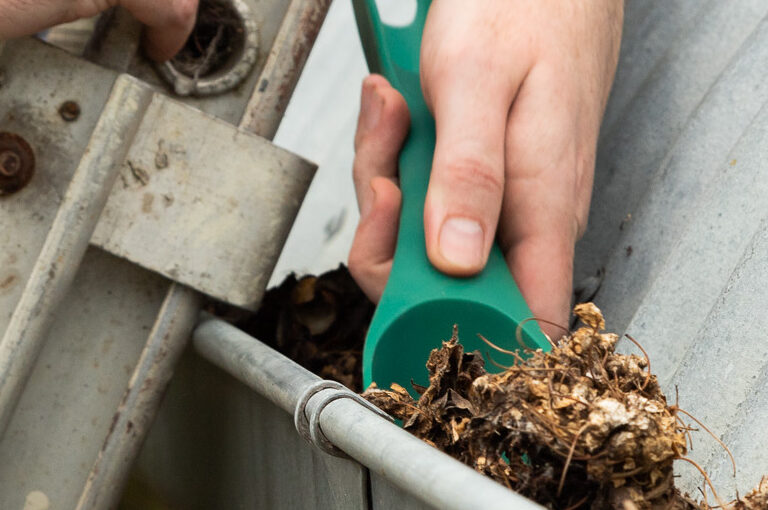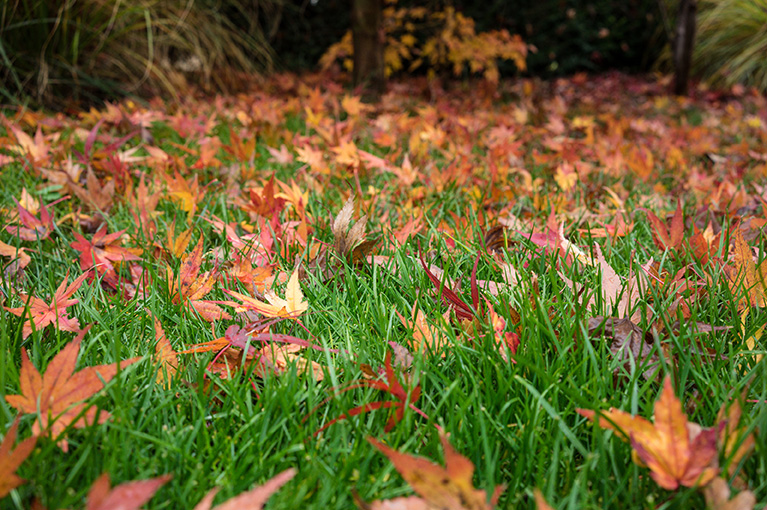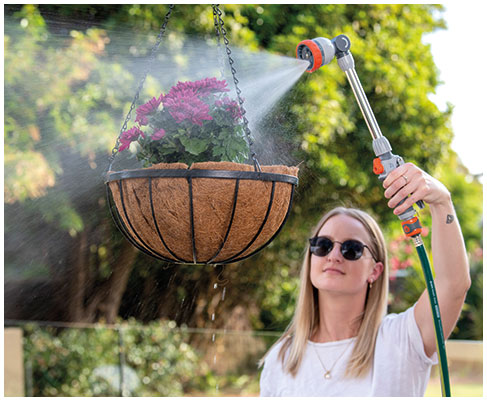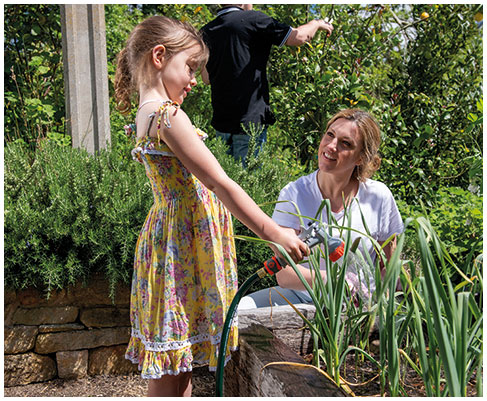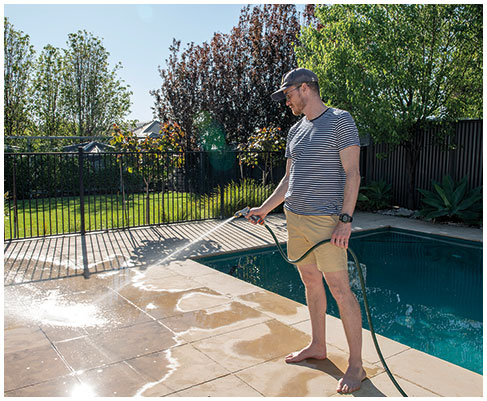Mulch is any material that is used on the top of soil (or pot plants) that reduces moisture evaporation and erosion. Mulch suppresses weeds as well as unwanted seed germination, it also insulates the soil from extreme temperatures.
It can also hide unsightly irrigation lines running along the soil and reduces damage to them from ultraviolet light. Mulch can be organic or non-organic. Look for options that are available in your area as there are many useful types.
Best time of year to mulch
Apply mulch in spring in temperate zones before the soil starts to dry out. The type you choose may depend on the size of the area needing mulch, the finished look you are wanting and cost.
Is compost, also mulch?
Compost materials, e.g. mushroom compost, are not suitable as mulch as they tend to absorb moisture from the soil, drying it out and producing weeds. Composts should be mixed with soil as a soil improver.
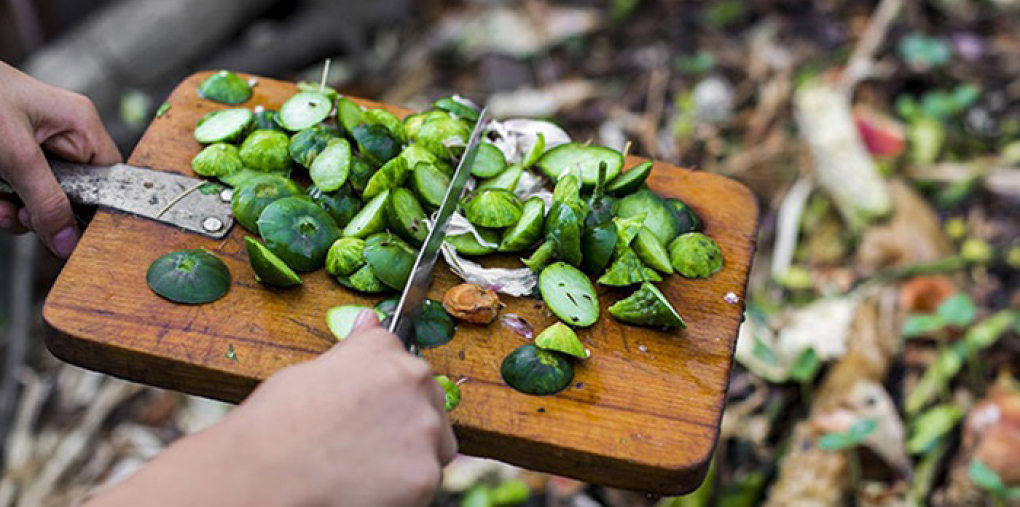
Organic mulch helps break down and add goodness to your soil. Apply to a thickness of 5 – 7cm up to the stem of the plant. It will need to be topped up each year.
Best types of organic mulch

Green mulch
This is the cuttings or prunings from your garden. Cut into small pieces and spread around beds. It saves having to dispose of prunings and they will eventually break down to enrich the soil. Don’t use around the same family of plants as they are likely to spread rust disease.

Bamboo
It is slow to break down and doesn’t cause nitrogen draw down.

Straw, pea straw or sugar cane
Bags or bales are light so are easy to transport to the garden and to spread.

Pine bark
Try to source a medium to course grade as they allow water to penetrate the soil.

Living mulches
Dense low growing shrubs and ground covers. These are also excellent to control erosion on sloping sites.

Arborist mulch
Tree prunings that have been chipped. If possible, age it for a few months before using as the tannins may leach and affect plants. It is useful to apply blood and bone fertiliser onto the soil first to reduce nitrogen draw down.
Inorganic mulch
For best results add to a thickness of 4 – 5 cm. Succulents and cacti thrive with these mulches as they don’t like moisture around their stems. Types include gravel, pebbles, river rocks, crushed terra cotta, scoria and crushed rock. Advantages include it doesn’t blow away and is more permanent.
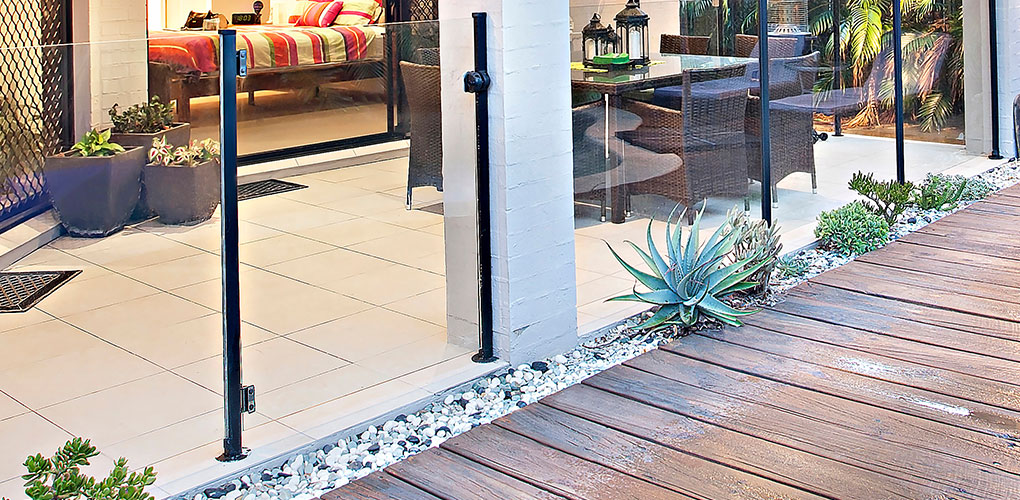
Can I use grass clippings as mulch?
It is better to put these clippings into the compost heap, or spread thinly over soil. Grass clippings and fresh green organic material contain bacteria that break down fresh organic materials, drawing nitrogen from the soil, reducing the amount available by plants to grow, and causing soil to dry out.
Are there plants that don’t need mulch?
The rhizomes of the bearded iris benefit from being ‘baked’ by the sun, so there is no need to mulch around them.

Pope's DIY Tip
We hope our top tips on garden mulch help insulate and enrich your soil! Looking for a watering solution for under mulch? Drip Eze and Water Weeper are ideal to reach the plants roots, minimising loss to evaporation and don’t mind being covered by a bit of mulch. Good-luck and happy gardening.
Apply mulch in spring in temperate zones before the soil starts to dry out. The type you choose may depend on the size of the area needing mulch, the finished look you are wanting and cost.
Compost materials, e.g. mushroom compost, are not suitable as mulch as they tend to absorb moisture from the soil, drying it out and producing weeds. Composts should be mixed with soil as a soil improver.

Organic mulch helps break down and add goodness to your soil. Apply to a thickness of 5 – 7cm up to the stem of the plant. It will need to be topped up each year.
Best types of organic mulch

Green mulch
This is the cuttings or prunings from your garden. Cut into small pieces and spread around beds. It saves having to dispose of prunings and they will eventually break down to enrich the soil. Don’t use around the same family of plants as they are likely to spread rust disease.

Bamboo
It is slow to break down and doesn’t cause nitrogen draw down.

Straw, pea straw or sugar cane
Bags or bales are light so are easy to transport to the garden and to spread.

Pine bark
Try to source a medium to course grade as they allow water to penetrate the soil.

Living mulches
Dense low growing shrubs and ground covers. These are also excellent to control erosion on sloping sites.

Arborist mulch
Tree prunings that have been chipped. If possible, age it for a few months before using as the tannins may leach and affect plants. It is useful to apply blood and bone fertiliser onto the soil first to reduce nitrogen draw down.
Inorganic mulch
For best results add to a thickness of 4 – 5 cm. Succulents and cacti thrive with these mulches as they don’t like moisture around their stems. Types include gravel, pebbles, river rocks, crushed terra cotta, scoria and crushed rock. Advantages include it doesn’t blow away and is more permanent.

Can I use grass clippings as mulch?
It is better to put these clippings into the compost heap, or spread thinly over soil. Grass clippings and fresh green organic material contain bacteria that break down fresh organic materials, drawing nitrogen from the soil, reducing the amount available by plants to grow, and causing soil to dry out.
Are there plants that don’t need mulch?
The rhizomes of the bearded iris benefit from being ‘baked’ by the sun, so there is no need to mulch around them.

Pope's DIY Tip
We hope our top tips on garden mulch help insulate and enrich your soil! Looking for a watering solution for under mulch? Drip Eze and Water Weeper are ideal to reach the plants roots, minimising loss to evaporation and don’t mind being covered by a bit of mulch. Good-luck and happy gardening.

Green mulch
This is the cuttings or prunings from your garden. Cut into small pieces and spread around beds. It saves having to dispose of prunings and they will eventually break down to enrich the soil. Don’t use around the same family of plants as they are likely to spread rust disease.

Bamboo
It is slow to break down and doesn’t cause nitrogen draw down.

Straw, pea straw or sugar cane
Bags or bales are light so are easy to transport to the garden and to spread.

Pine bark
Try to source a medium to course grade as they allow water to penetrate the soil.

Living mulches
Dense low growing shrubs and ground covers. These are also excellent to control erosion on sloping sites.

Arborist mulch
Tree prunings that have been chipped. If possible, age it for a few months before using as the tannins may leach and affect plants. It is useful to apply blood and bone fertiliser onto the soil first to reduce nitrogen draw down.
For best results add to a thickness of 4 – 5 cm. Succulents and cacti thrive with these mulches as they don’t like moisture around their stems. Types include gravel, pebbles, river rocks, crushed terra cotta, scoria and crushed rock. Advantages include it doesn’t blow away and is more permanent.

Can I use grass clippings as mulch?
It is better to put these clippings into the compost heap, or spread thinly over soil. Grass clippings and fresh green organic material contain bacteria that break down fresh organic materials, drawing nitrogen from the soil, reducing the amount available by plants to grow, and causing soil to dry out.
Are there plants that don’t need mulch?
The rhizomes of the bearded iris benefit from being ‘baked’ by the sun, so there is no need to mulch around them.

Pope's DIY Tip
We hope our top tips on garden mulch help insulate and enrich your soil! Looking for a watering solution for under mulch? Drip Eze and Water Weeper are ideal to reach the plants roots, minimising loss to evaporation and don’t mind being covered by a bit of mulch. Good-luck and happy gardening.
It is better to put these clippings into the compost heap, or spread thinly over soil. Grass clippings and fresh green organic material contain bacteria that break down fresh organic materials, drawing nitrogen from the soil, reducing the amount available by plants to grow, and causing soil to dry out.
The rhizomes of the bearded iris benefit from being ‘baked’ by the sun, so there is no need to mulch around them.

Pope's DIY Tip
We hope our top tips on garden mulch help insulate and enrich your soil! Looking for a watering solution for under mulch? Drip Eze and Water Weeper are ideal to reach the plants roots, minimising loss to evaporation and don’t mind being covered by a bit of mulch. Good-luck and happy gardening.








